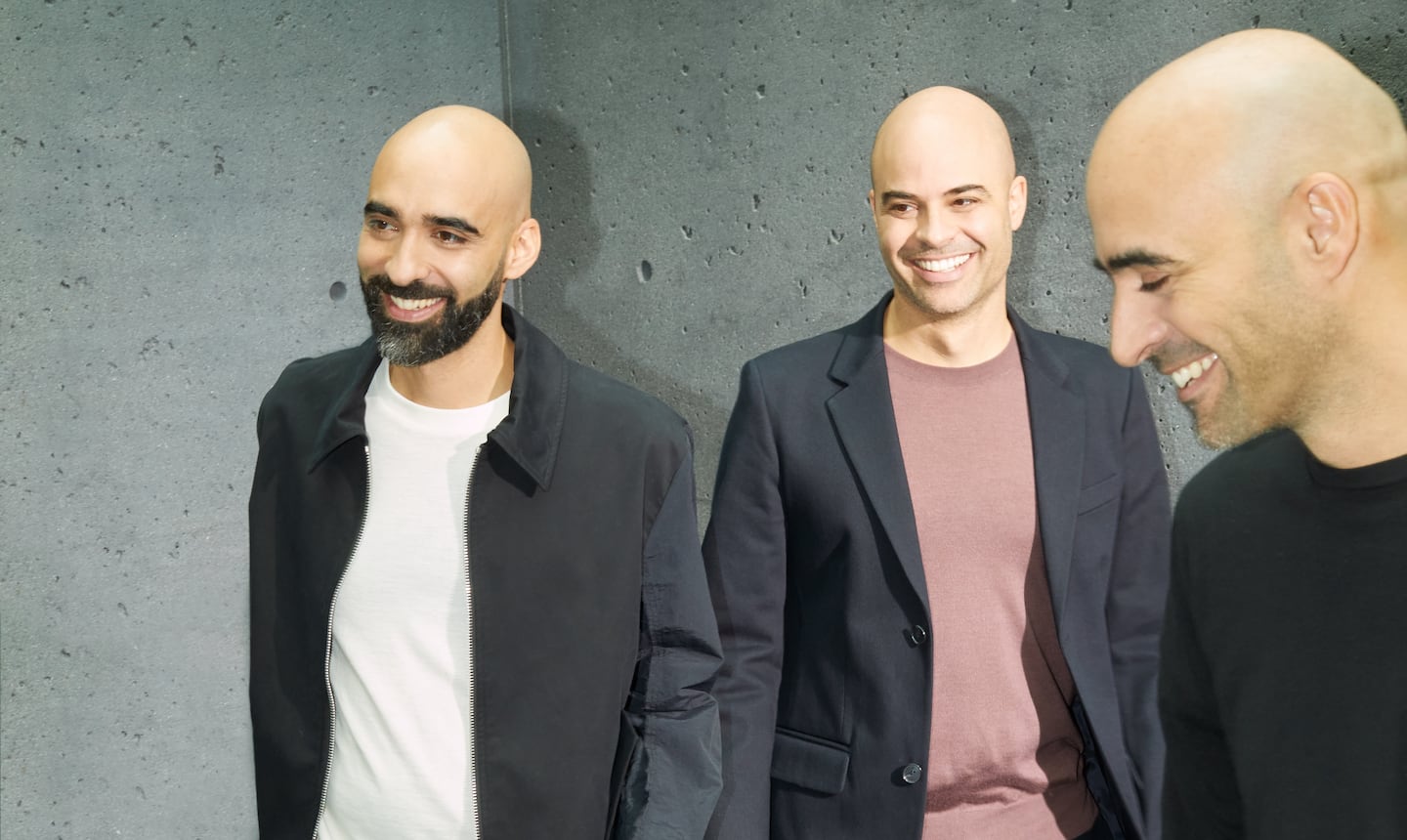
The Business of Fashion
Agenda-setting intelligence, analysis and advice for the global fashion community.

Agenda-setting intelligence, analysis and advice for the global fashion community.

Ssense said Tuesday that Sequoia Capital China has taken a minority investment in the company, valuing it at over 5 billion Canadian dollars ($4.1 billion), to fund a global expansion. It marks the first-ever external investment for the Montreal-based company, founded by chief executive officer Rami Atallah with his brothers, chief financial officer Firas Atallah and chief operating officer Bassel Atallah, in 2003.
As part of the investment, former Vogue China editor Angelica Cheung will join the board of directors. She joined Sequoia Capital China as a Venture Partner in February.
Ssense is known for its curated selection of brands and ambitious editorial strategy and younger audience, of which 80 percent are under 40 years old. The company, which declined to share revenue, in 2018 told BoF it aimed to cross the $1 billion revenue mark in 2020, buoyed by the rise of the streetwear-meets-luxury market it has targeted as its core aesthetic.
“Sequoia is excited to support Ssense in its continued global expansion and China acceleration,” said Neil Shen, founding and managing partner of Sequoia Capital China in a statement.
ADVERTISEMENT
Increasingly, the battle for the future of the luxury e-commerce market is being waged in China, which is driving the market’s recovery after 2020′s pandemic declines. Last year, Bain projected sales in China will represent as much as 28 percent of the global luxury revenue by 2025.
In recent years, Ssense competitors Farfetch and Mytheresa went public to raise additional funding to battle for the luxury e-commerce market, where online retailers compete for brand partners and customers through speedy shipping, high-level customer service and editorial-style content. Farfetch also extended its reach in China by forming a joint venture with Alibaba in November 2020 as part of a $1.15 billion investment that valued the new Chinese entity at $2 billion.
Ssense has opted for a curated, data-driven approach to growth, underscored by its ambitious content strategy published by an editorial team led by 032c’s Joerg Koch. In 2018, Atallah told BoF the company had been profitable since its launch, backed only by family funding, with high double-digit growth average each year.
Atallah created Ssense in 2003 as part of his graduate thesis in computer engineering. The company opened its first store in Montreal a year later and Ssense.com in 2006. Three years later, it pivoted to the more avant-garde and curated merchandising strategy for which it is known today, mixing luxury giants with non-traditional emerging designers on its signature, minimalist website.
By 2017, it added heavyweights including Gucci, Balenciaga and Prada to its selection, cementing its status as a coveted retailer even as luxury brands aimed to cut back on their wholesale partners. In 2018, it opened a multi-level store in Montreal to serve as a hub for content creation and events. As part of a more recent expansion, Ssense launched home goods, childrenswear and beauty in recent months, and opened an office and distribution centre Brussels to better serve the European market. Its website is accessible in English, French, simplified Chinese and Korean languages.
Stay tuned to BoF updates to this developing story.
Related Articles:
Ssense’s Billion-Dollar Ambitions: More Than Hype
ADVERTISEMENT
The LVMH-linked firm is betting its $545 million stake in the Italian shoemaker will yield the double-digit returns private equity typically seeks.
The Coach owner’s results will provide another opportunity to stick up for its acquisition of rival Capri. And the Met Gala will do its best to ignore the TikTok ban and labour strife at Conde Nast.
The former CFDA president sat down with BoF founder and editor-in-chief Imran Amed to discuss his remarkable life and career and how big business has changed the fashion industry.
Luxury brands need a broader pricing architecture that delivers meaningful value for all customers, writes Imran Amed.